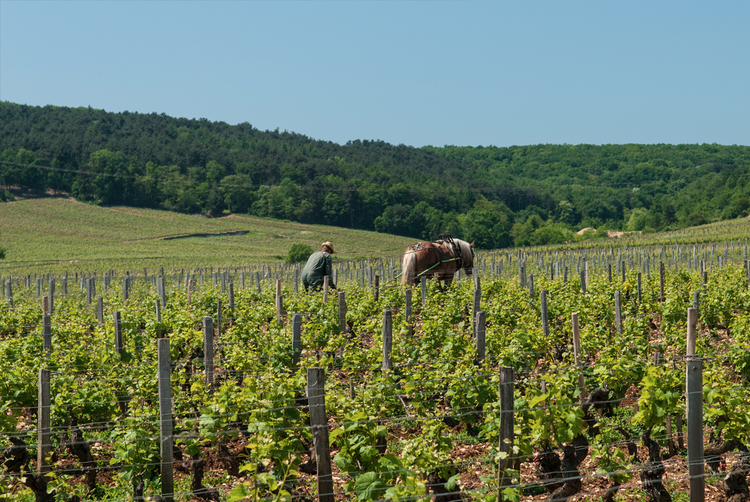By Michael S. Lasky originally posted on January 8, 2017
As the continued growth in consumer wine sales remain consistently strong, the demand by wineries to find more grape supplies has resulted in the seemingly skyrocketing mergers and acquisitions of wineries and vineyards in California, Oregon and Washington.
Beyond the quest for access to more grape supplies, real estate brokers and bankers to the wine industry cite numerous other reasons the industry is witnessing the record sales of properties and brands that began in 2016 and have continued unabated.
In 2008 Rob McMillan, EVP and Founder of the wine division of Silicon Valley Bank wrote a report accurately predicting half of the wine business would go through a transition in the following 10 years. “This year marks the end of that predictive era, and while the data doesn’t exist to validate the prediction, I can say that sales of family wineries went from a trickle to a substantial flow in the past decade and my belief is the prediction either spot on or directionally correct at a minimum,” states McMillian.
“I expect 2018 to slow down in transaction volume compared to 2017 and see M&A gradually decline from its torrid pace of the past 5 years,” McMillan says. But as he says and other real estate mavens corroborate,” many transactions fly under the radar in this family-run industry. Accordingly, on the surface at least, only the huge or dramatic mergers and acquisitions which garner public attention, have revealed the conspicuous tipping point of winery and vineyard sales.
Read full article here…


